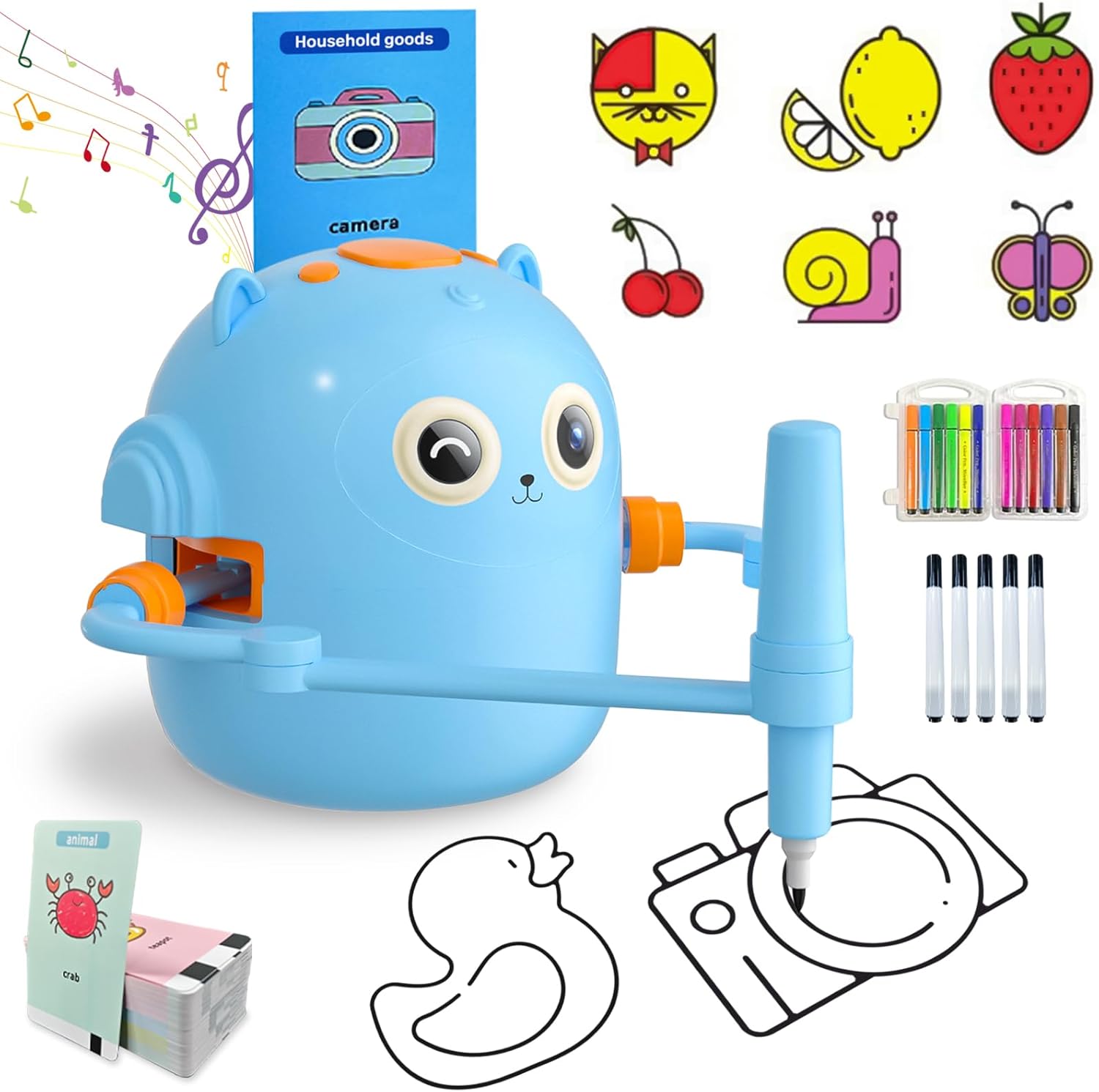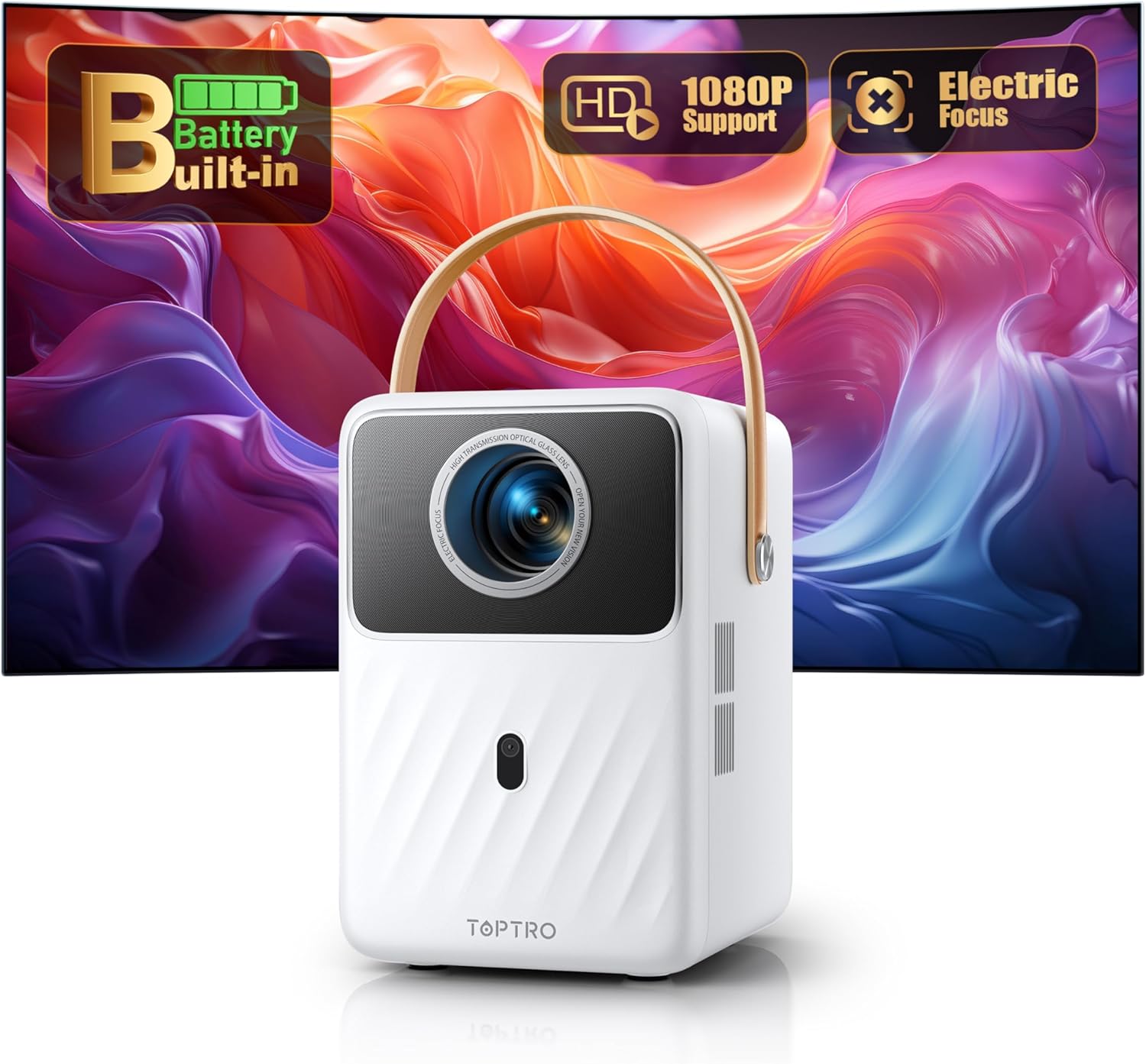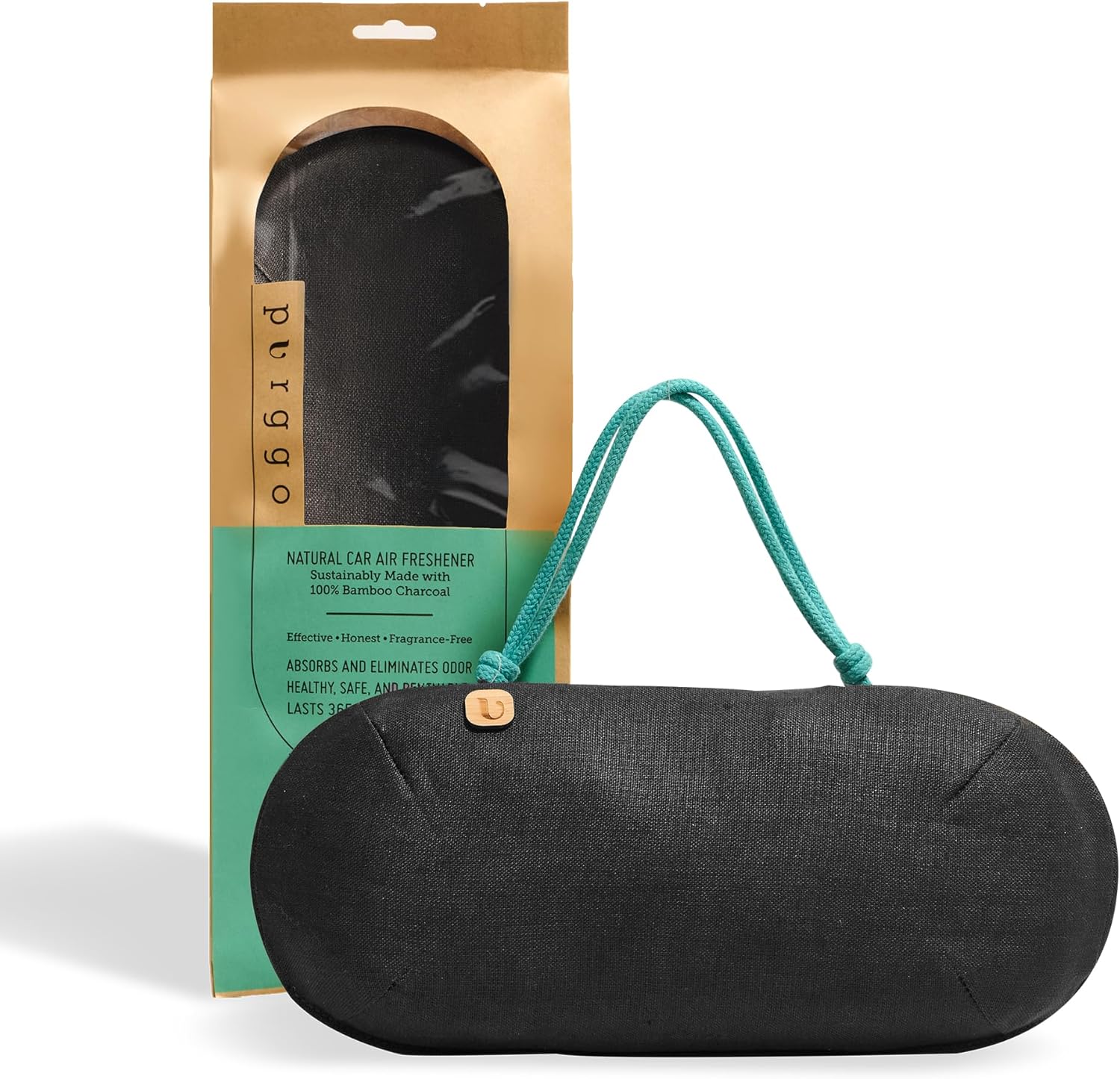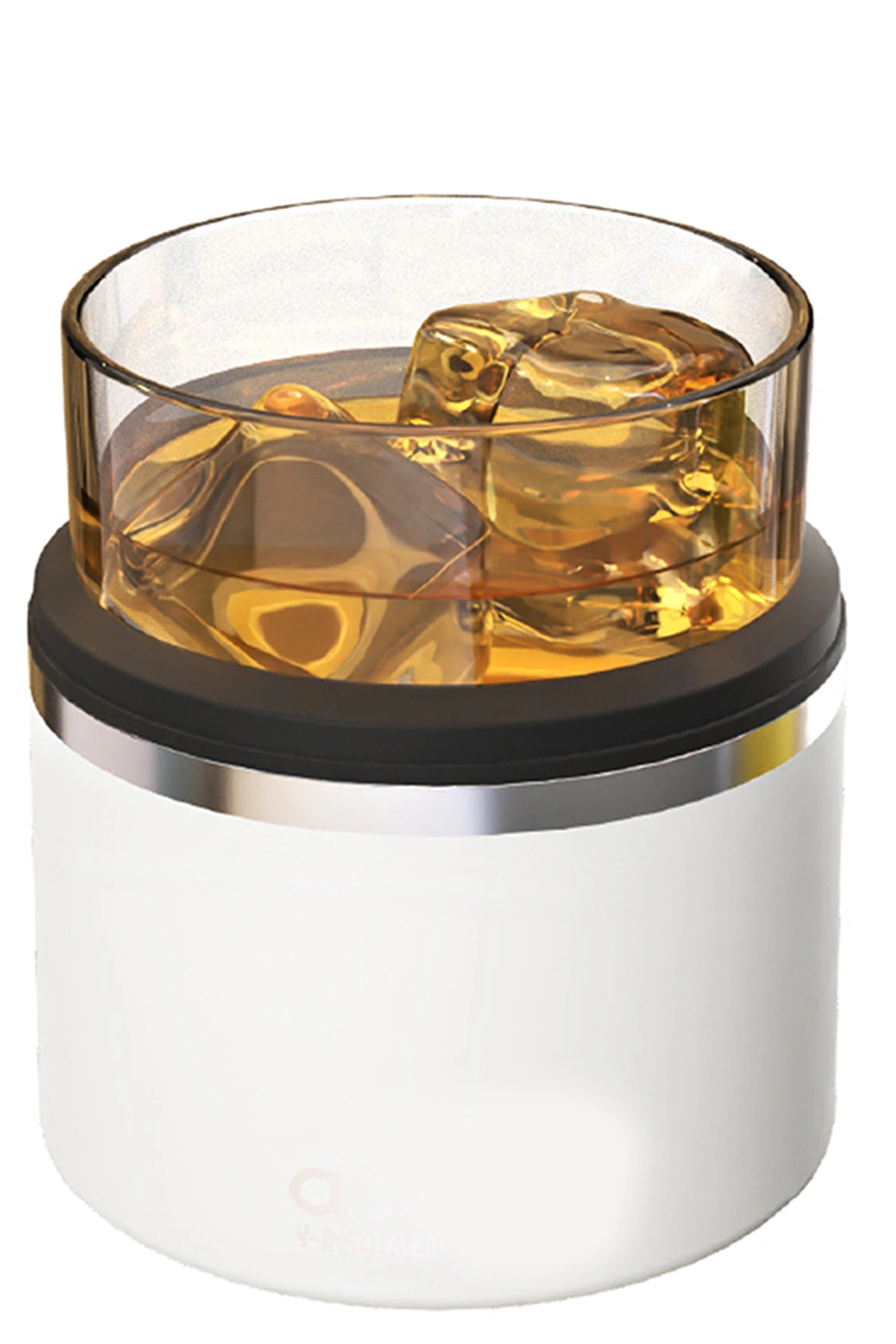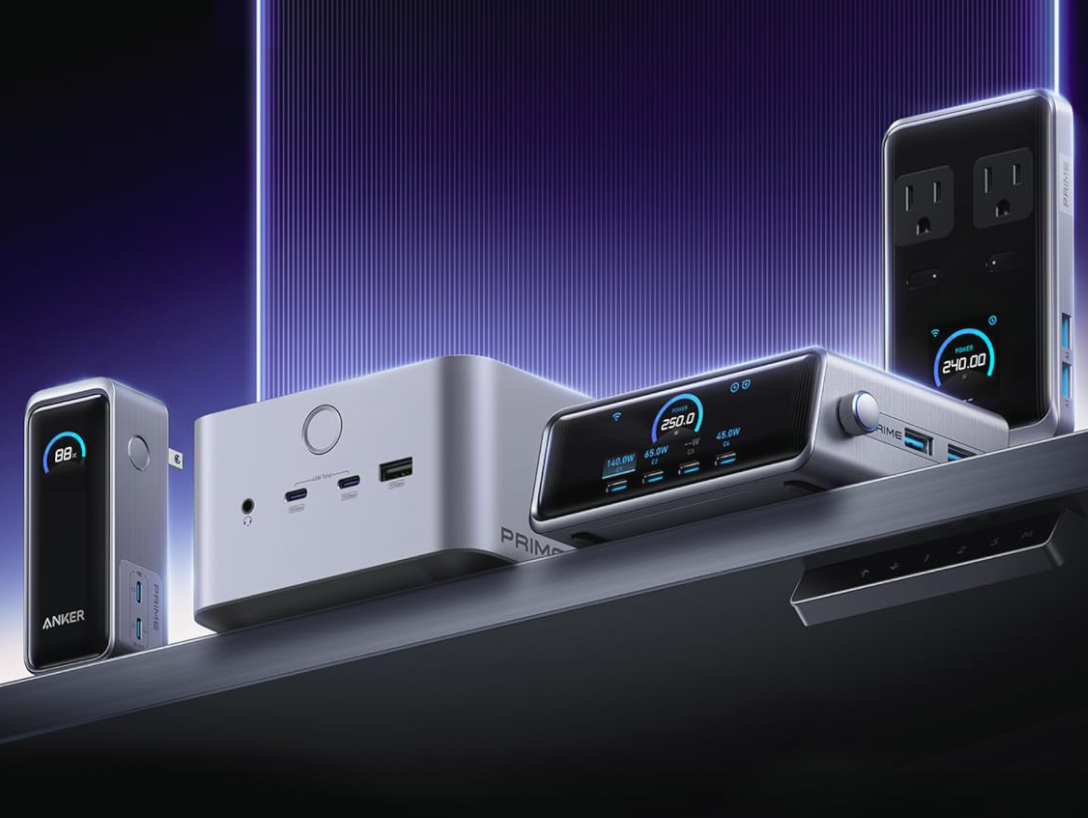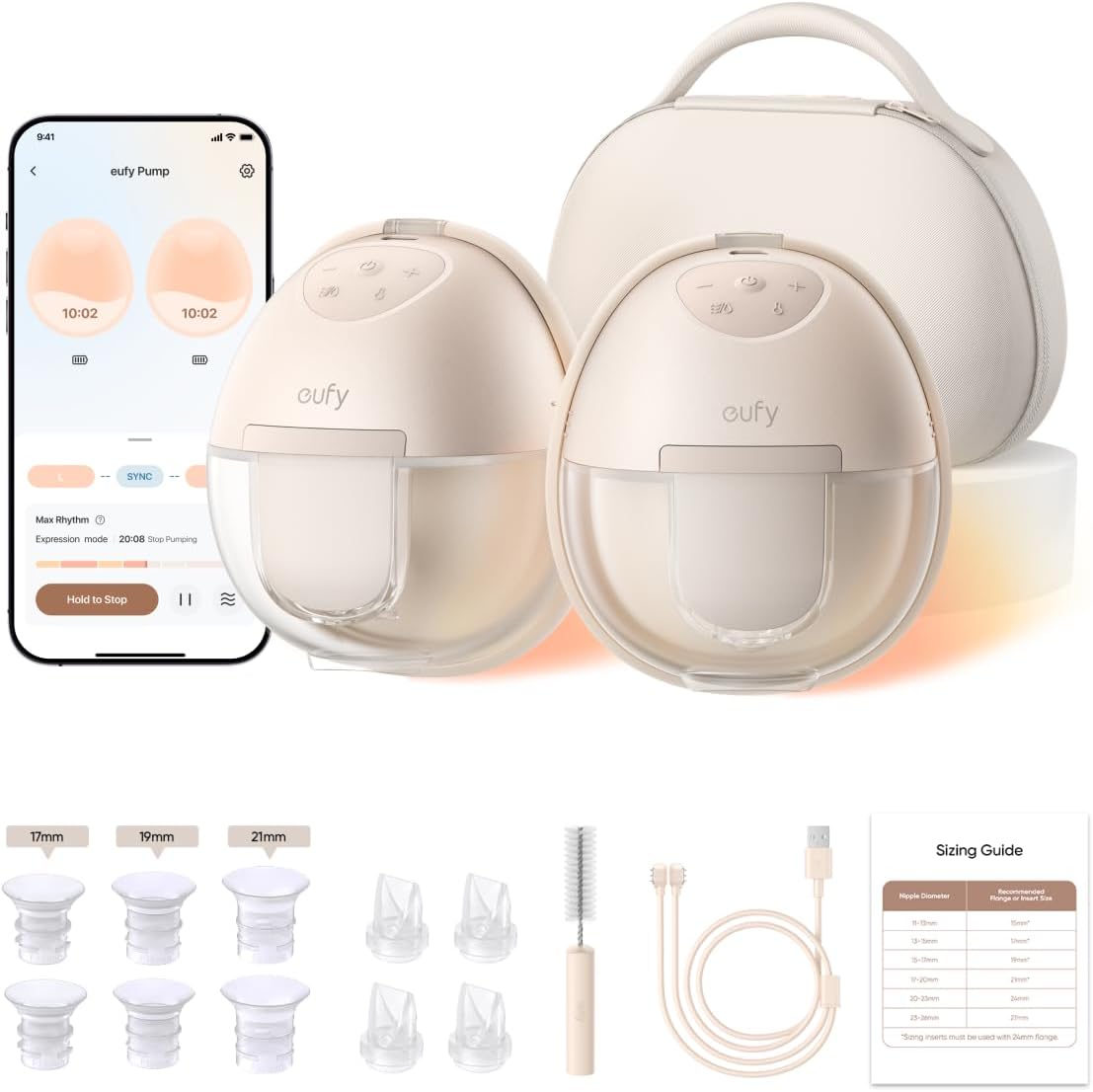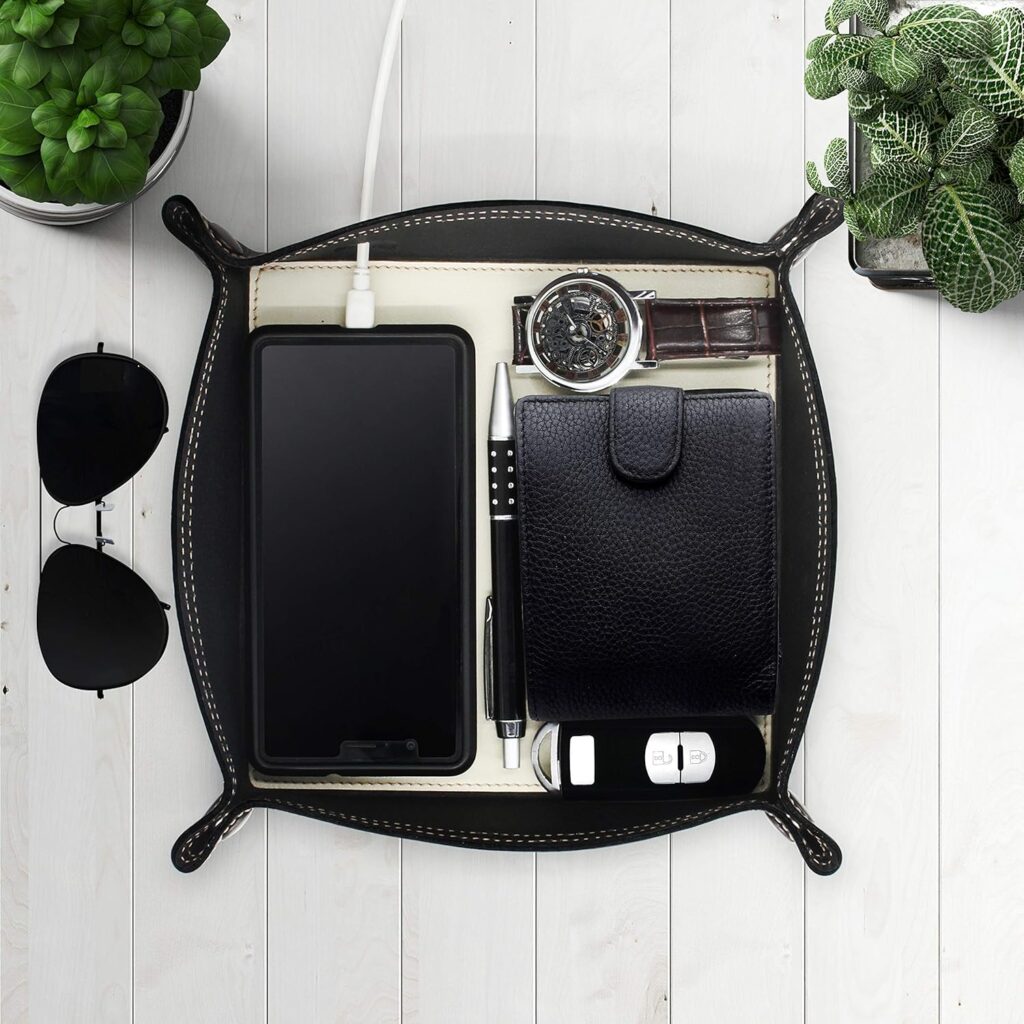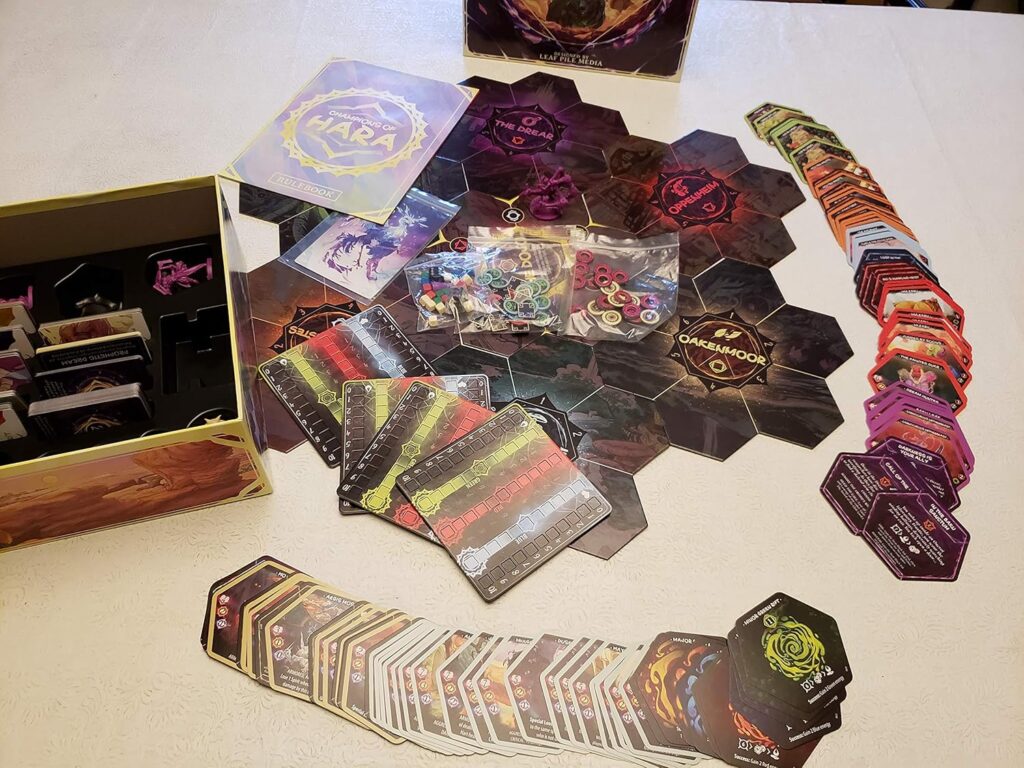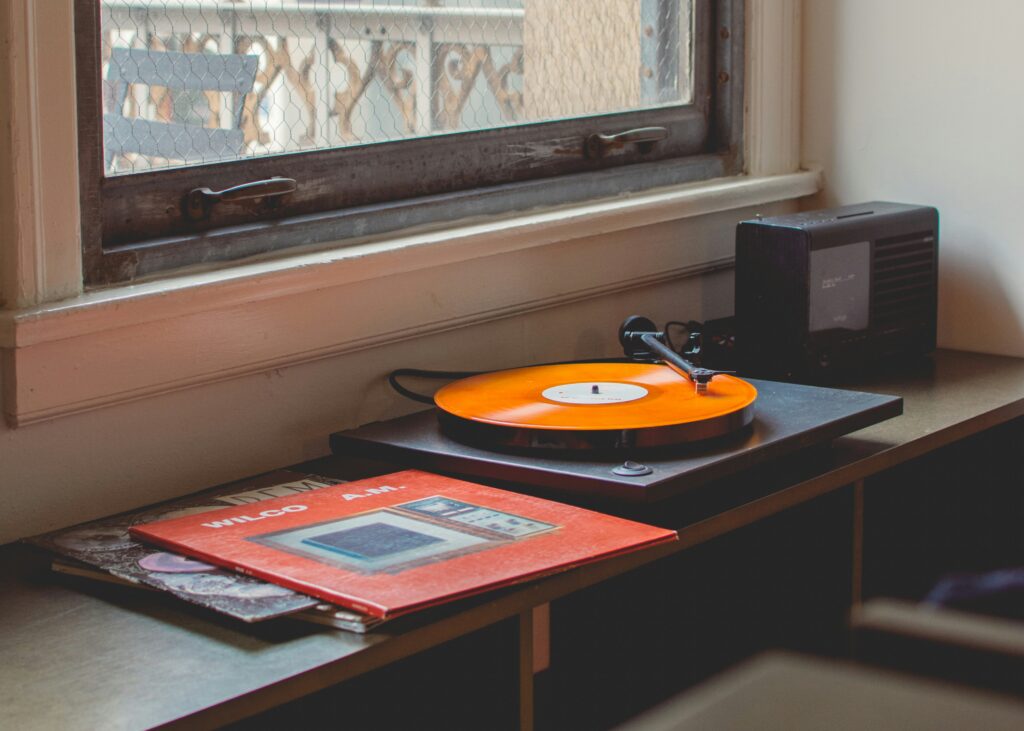“Can I have your phone?” If that line is on repeat, you’re not alone. What most families need is a screen-lite activity that still hooks attention and builds skills. In this article, we’ll show how the Drawing Robot for Kids turns curiosity into creativity — combining art, early engineering, and playful problem-solving in a way kids actually ask for. In this article, you’ll learn what the robot does, how to set it up in five minutes, age-smart project ideas, and simple routines that make the most of every session.
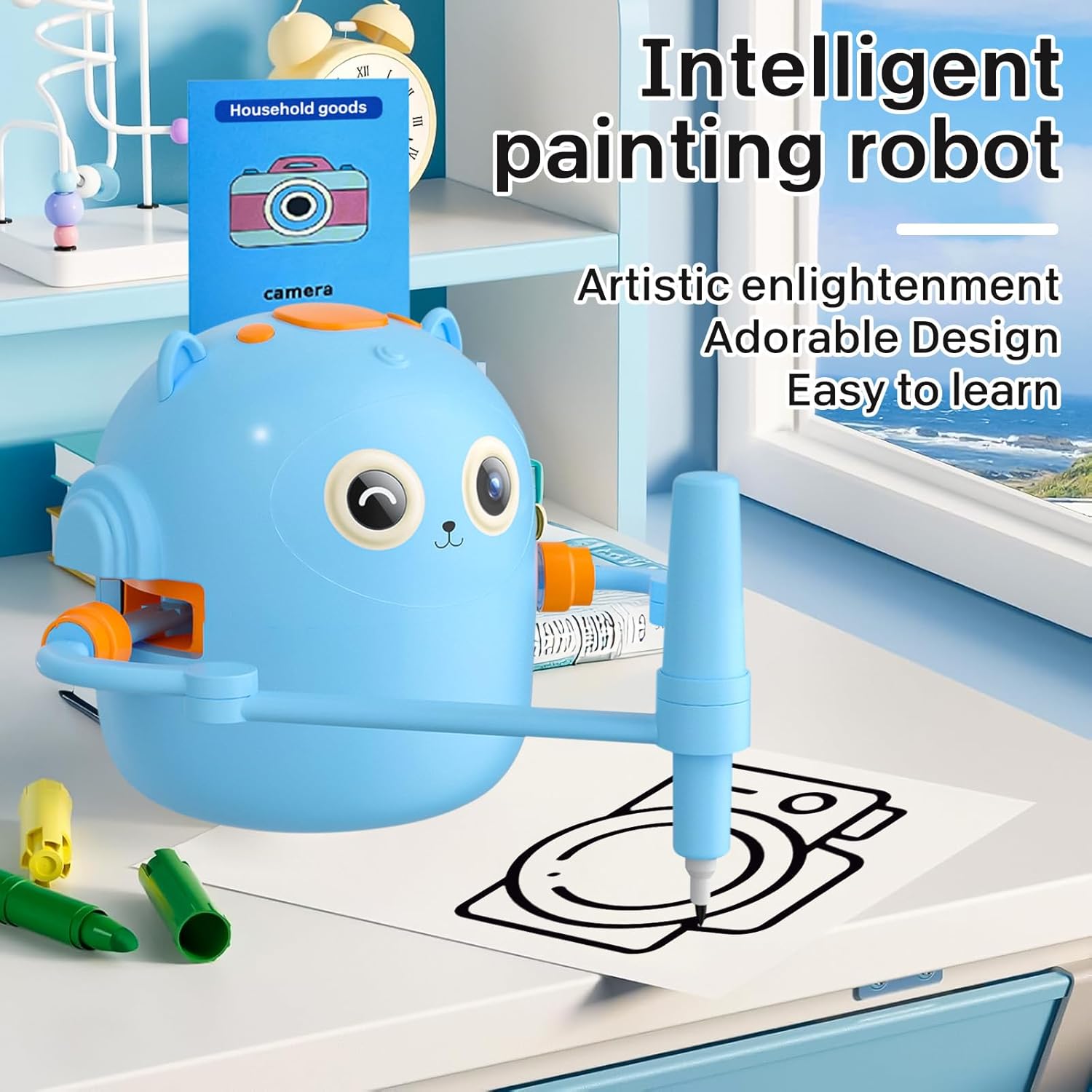
What It Is (and Why Kids Love It)
The Drawing Robot for Kids is a compact, kid-friendly bot that holds pens or small paintbrushes and “walks” patterns across paper. For children, that looks like magic; for grown-ups, it’s a playful introduction to mechanics: motion, symmetry, and cause-and-effect. Swapping pen colors turns the same path into a new picture. Changing speed or arm angle alters the shape. Every tweak gets an instant, visual result — that fast feedback loop is rocket fuel for engagement.
Five-Minute Setup: From Box to “Whoa!”
- Clear the stage. Tape a large sheet of paper to the table or floor.
- Pick your tool. Slot in a felt-tip, gel pen, or a thin brush (if your kit includes a brush holder).
- Power on & test. Start with the default speed so kids can see the movement clearly.
- First pattern. Trace a circle or spiral, then switch colors and repeat inside the first path.
- Name the shape. Have your child describe what they see: “flower,” “galaxy,” “spiderweb.” Naming strengthens visual literacy.
That’s it — you’re drawing. The Drawing Robot for Kids is intentionally simple so the fun starts immediately.
What Skills It Builds (Sneaky STEM Wins)
- Fine motor control: Loading pens, pressing start/stop, and repositioning paper keeps hands busy with purpose.
- Pattern recognition: Kids predict what happens when speed or angle changes.
- Math intuition: Circles, polygons, rotations — no worksheets required.
- Scientific thinking: “What if we try…?” becomes a mini-experiment with a clear result.
- Creativity & storytelling: Finished patterns become planets, medals, fireworks, or robot mandalas.
The Drawing Robot for Kids sits at the sweet spot of STEAM — art as a gateway to science.
Age-Smart Activities (3–5, 6–9, 10–12)
Ages 3–5: Process over product
- Use thick paper and bold markers.
- Keep sessions short: 10–12 minutes.
- Prompt: “Can we make a rainbow circle?” Swap pens every lap.
The Drawing Robot for Kids becomes a calm, mesmerizing routine before bath or bedtime.
Ages 6–9: Shape stories
- Set “missions”: medals for a pretend sports day, fireworks for a birthday poster.
- Introduce two-speed experiments. Ask, “Which looks more like a flower?”
The robot’s simple controls make comparison thinking natural.
Ages 10–12: Design challenges
- Constrain materials (two colors, one speed) to push invention.
- Layer geometry: draw a spiral, rotate the sheet 30°, draw again.
With the Drawing Robot for Kids, pre-teens get a lightweight intro to iteration — design > test > improve.
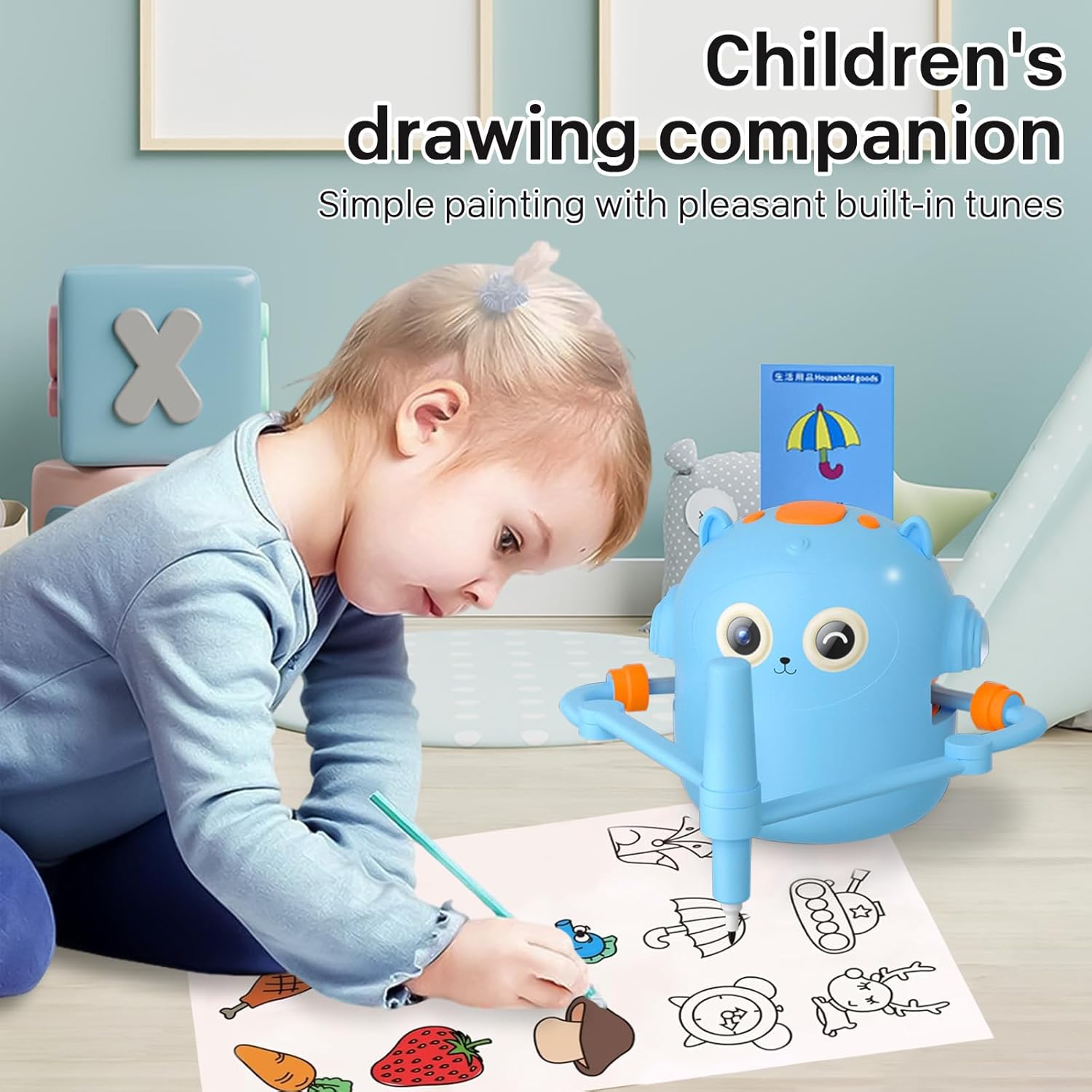
Art Station, Not Art Explosion: A Tidy Setup That Sticks
Turn one corner of a table into a robot art station:
- Base: tape a large craft sheet or cut-to-size newsprint.
- Tools: a pen cup with 6–8 markers max (fewer choices = faster starts).
- Parking spot: a small tray for the Drawing Robot for Kids, charger/batteries, and spare pen adapters.
- Display rail: string + mini clips for today’s “gallery.”
When art has a home, clean-up is two minutes, not twenty.
12 Creative Prompts Kids Will Beg to Repeat
- Robot Fireworks: Dark paper + metallic gel pens.
- Planet Prints: Draw circles, add rings with a silver pen, name each world.
- Medal Factory: Gold circles, ribbon drawn by hand — instant “awards” for chores or games.
- Secret Message: Write a word, overlay robot spirals; friends decode the hidden letters.
- Mandala Morning: Symmetry practice for a calm start.
- City Night: Spiral “lights” on black paper; add tiny building silhouettes.
- Garden Lab: Robot petals, hand-drawn stems and leaves.
- Math Art: Count rotations out loud, tally colors, graph favorites after.
- Collage Boost: Cut robot circles into badges, bookmarks, gift tags.
- Card Factory: Make birthday or thank-you cards in batches.
- Photo Frame: Robot border + family snapshot in the center.
- Spin-n-Swap: Two kids alternate colors every 20 seconds — teamwork mode.
Classroom & Homeschool: Centers That Run Themselves
- Rotation center: One table, 2–3 students, 8-minute slots. The Drawing Robot for Kids runs while others annotate a “What changed?” sheet.
- Vocabulary tie-ins: symmetry, rotation, radius, pattern, iteration.
- Assessment idea: Exit tickets — students sketch or describe how speed affects the output.
- Cross-curricular: art + math + storytelling (“Write three sentences about your robot picture”).
Because results are visible at a glance, teachers get instant evidence of understanding.
Troubleshooting (Fast Fixes for Real-World Hiccups)
- Wonky lines? Check paper tape — if the sheet slides, the pattern wobbles.
- Inky puddles? Use felt-tips over gel pens on slow speeds, or keep the robot moving while swapping colors.
- Pen slips? Wrap a tiny strip of paper around slim pens before tightening.
- Edges snag? Leave a 2–3 cm margin or rotate the paper so the robot never fights the tape edge.
The Drawing Robot for Kids is rugged, but tiny tweaks keep sessions smooth.

Safety & Care (Because Little Hands Are Curious)
- Supervise under 6s, keep hair and cords clear of wheels.
- Store markers capped (lay flat for even ink).
- Wipe the pen holder after paint sessions; dry thoroughly before the next marker.
- Recharge or swap batteries before they fully drain — consistent power keeps motion smooth.
Light, regular care keeps the Drawing Robot for Kids ready on a moment’s notice.
Make It a Habit: The 20-Minute Creativity Block
- 2 min set-up: tape paper, pick 3 pens.
- 12 min create: one prompt + one tweak (new color or speed).
- 4 min finish: title the art, date stamp, clip to the display line.
- 2 min tidy: cap pens, park the Drawing Robot for Kids on its tray.
The best routine is the one you’ll repeat — this one fits after school or just before dinner.
For Neurodivergent Kids: Predictable, Calming, Visual
- Use a First–Then card: “First robot spirals (5 mins), then choose a color change (5 mins).”
- Offer noise-reduced pens (felt-tips glide quietly) and a non-slip mat.
- Keep visuals clear: one tray, three pens, one robot — fewer choices, more success.
The rhythmic, looping motion of the Drawing Robot for Kids can be soothing while still purposeful.
Save & Share the Magic
- Scan to a folder (name by date). Watching patterns evolve over weeks builds pride.
- Turn into gifts: frame a favorite mandala for grandparents or make a set of thank-you cards.
- Mini-exhibition: pick five pieces on Friday; kids explain the change they made each day.
You’re not just making pictures — you’re building a creative archive.
Conclusion
Great kids’ tech doesn’t replace imagination; it unlocks it. The Drawing Robot for Kids turns random doodles into mini design labs, where every tiny adjustment creates a new, satisfying pattern. With a tidy station, quick prompts, and short, repeatable sessions, you get screen-light play that actually teaches — symmetry, patterns, persistence, pride. If your family craves creative time that feels as magnetic as a tablet (and leaves the fridge covered in art), this little robot earns its spot on the table.
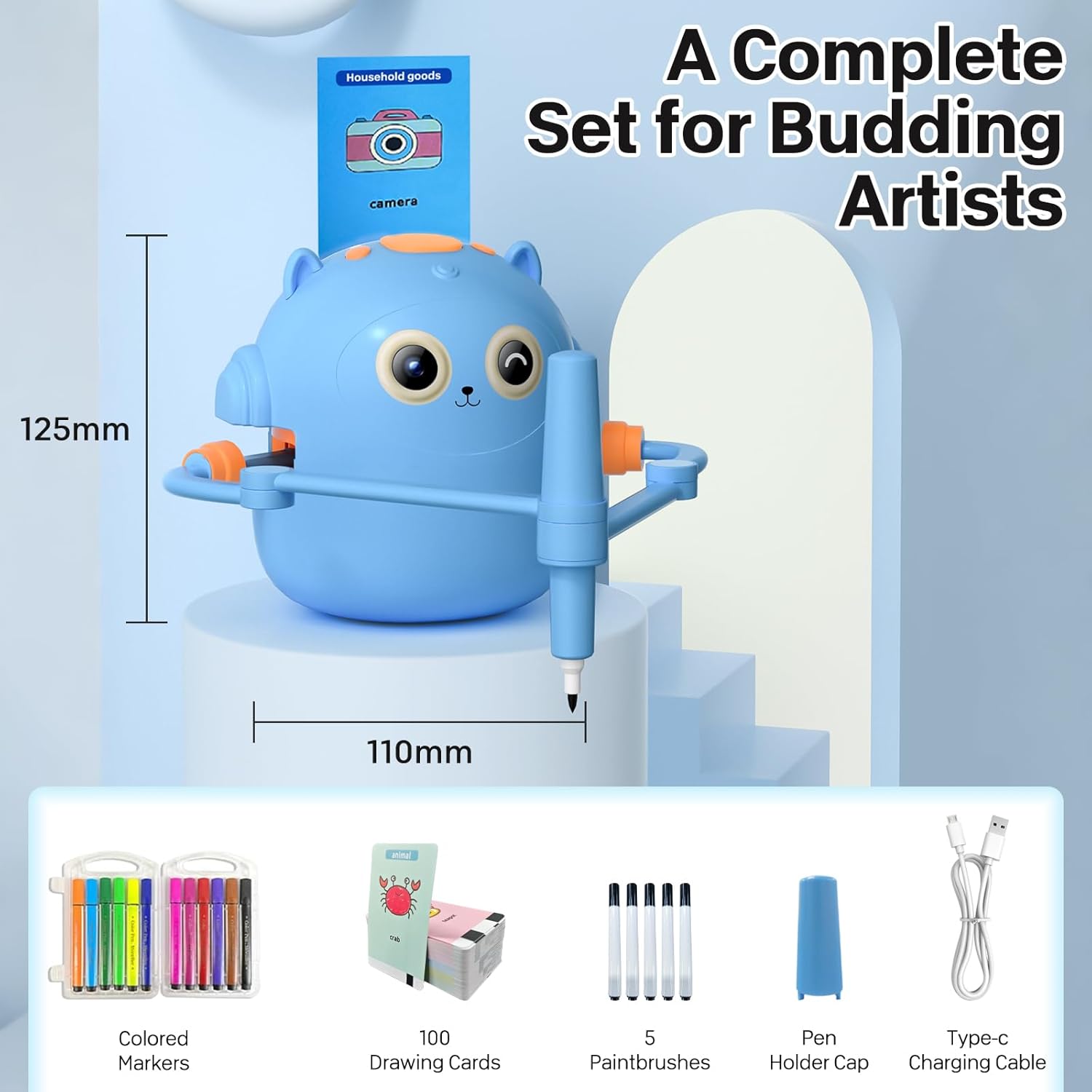
FAQ
- What age is the Drawing Robot for Kids best for?
Most families enjoy it from ~4+ with supervision; older kids (8–12) explore more complex patterns and “what if” experiments. - Does it need special pens or paper?
No — standard markers and A3/A4 paper work well. Heavier paper helps with paint or metallic markers. - How long does a session take?
Sweet spot is 10–20 minutes: one prompt, one tweak, one finished piece. Short, satisfying, repeatable. - Is it messy?
With markers, minimal. If using paintbrushes, keep a damp cloth handy and wipe the holder after. - Can siblings share without fighting?
Yes — use the “spin-n-swap” rule (change colors every 20 seconds). Make two galleries so each child curates their own picks. - Does it actually teach STEM?
Informally, yes: symmetry, rotation, iteration, and observation. Add quick reflection questions (“What changed when we slowed it down?”) to lock in learning. - What if the drawings all look the same?
Change one variable at a time: speed, arm angle, pen thickness, paper orientation, or background color. Small tweaks = big variety. - How do we store everything neatly?
Give the Drawing Robot for Kids a tray “home,” cap pens, clip finished art to a line, and recycle older sheets after you scan favorites.

